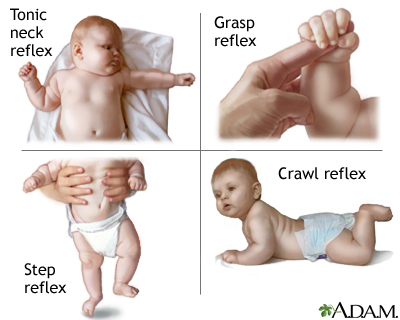The one thing that struck me though was the amount of women and they amount of websites explaining the drawbacks of forward facing slings. After reviewing opinions on both sides I can honestly say I would never be comfortable carrying my child in a sling designed for forward facing.
Here is why:
- Front face slings do not support your infants legs/hips. While in the womb and infants hips and knees are bent- this is their natural position for several months after birth until their joints are able to naturally stretch. Front facing slings often have the child's legs hanging straight down which puts an awful amount of stress on the joints that can cause hip dysplasia.
- They are more likely to cause back discomfort in the parent. If you carry a child facing outward their spine naturally bends away from you. Also, once the child is old enough to flail their arms and legs it can be awkward for your balance. Personally, I have always had a bad back and find that forward carrying slings exacerbate my pain in just a matter of minutes. My Ergo carrier is great at putting most of my child's weight on my hips which helps immensely. Also for a newly postpartum mother an outward facing sling may put uncomfortable stress on the core muscles.
- Front facing slings may cause chaffing and put too much pressure on babies groin area. It would be an uncomfortable position for ME to be in- I can only imagine how it would feel for a little boy.
- No head or neck support. "Positional asphyxia is possible when babies have no neck control and their chin falls toward their chests. Little babies should never be placed in a position that can compromise their airways. The US Consumer Products Safety Commission recently passed a law that the warning labels of forward facing carriers must state that babies should not face out until adequate head/neck control is achieved." -(www.bobafamily.com/blog/2011/10/11/nine-reasons-not-to-carry-your-baby-facing-out/)
- When your child is facing away from you it is harder to respond to their needs. If you cannot see your child they may spit up, their airway may not be clear, etc. and you may not be able to quickly or adequately respond to your child.
- A child is likely to become over stimulated in the front facing position. Babies can still experience the world and new environments while facing inward- and at their own pace! An over stimulated child is an unhappy child; an unhappy child makes for a miserable time for parent. (At least this rings true for my son and myself.)
I cannot tell you what sling will work best for you. Every one has different ideas on what they want out of a sling. For my son and myself we started with a Moby Wrap, which we loved when he was just a tiny newborn (incidentally, it made breastfeeding in public discreetly extremely easy). As he grew longer and heavier the Ergo became my best friend. I am beyond relieved that my son is now capable of holding my hand while we walk together or content with sitting in the child seat of a grocery cart... My recommendation is to ask friends, family or women in a play group if you can try on or borrow different types of slings to find what works best for you and your child. While I would never be comfortable carrying my son in a forward facing sling, this may not be the case for you. Like any other purchase of a product that impacts your child I hope that you research, research, research!




